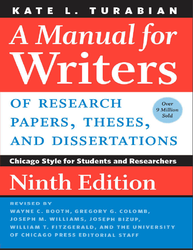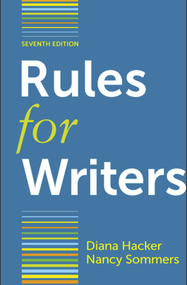Advanced Academic CompositionLecture ContentsThis webpage will contain all of the lecture materials, texts, presentations, and important links. If there is anything missing please tell me.
Course Introduction Lecture Resources:
The Rhetorical Framework ILecture Resources:
The Rhetorical Framework IIResearch and CitationLecture Resources:
Processing Source MaterialPresentation Link: https://docs.google.com/presentation/d/19vQroWK-Y2E7JJ2smvHMxMNtcEwJd-igiAgYXfCgDhQ/edit?usp=sharing MidtermOverview of Project OrganizationLecture Resources: Sample Dissertation:
Dissertation and Thesis Timeline and Official Formatting Guide:
Overview of Organization IILecture Resources: The Writing Process IThe Literature ReviewIntroduction to MethodLecture Resources:
Writing Resources:
AnalysisLecture Resources:
- https://www.gnu.org/software/pspp/manual/pspp.pdf - https://github.com/awesomedata/awesome-public-datasets
Course ConclusionWeek Fifteen Class Resources:
|
Course Documents
Primary Texts
Supplemental Texts
Methodology Texts
Online Research Databases
Dissertation Databases
CorporaEditing Resources
RefWorks Resources
Project Management Tools
Bibliography ResourcesData and StatisticsPlagiarism Detection
| ||||||||||||||||||||||||||||||||||||||||||||||||||||

